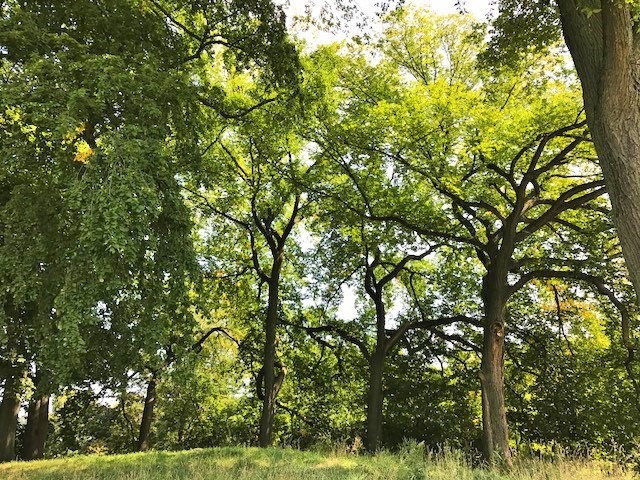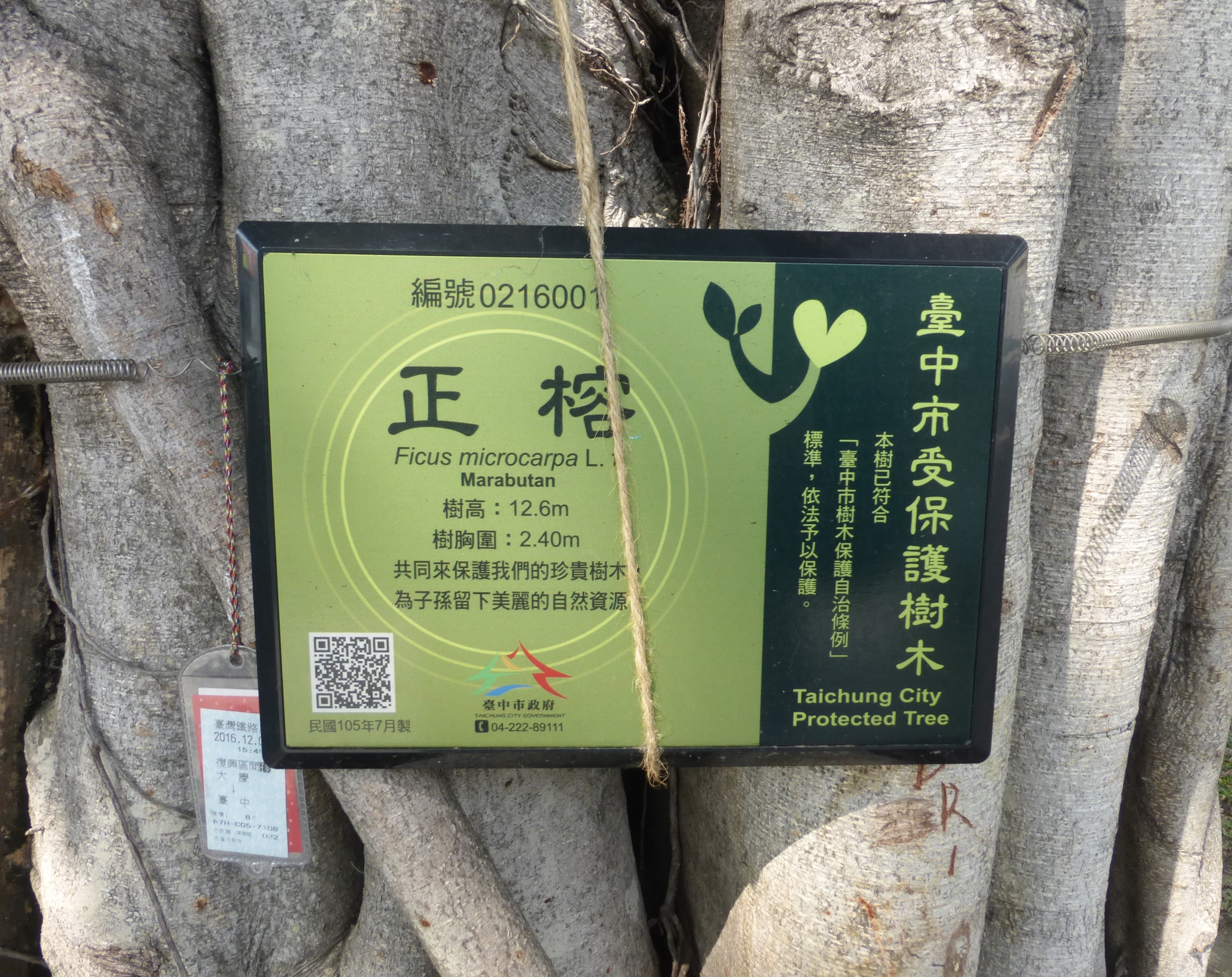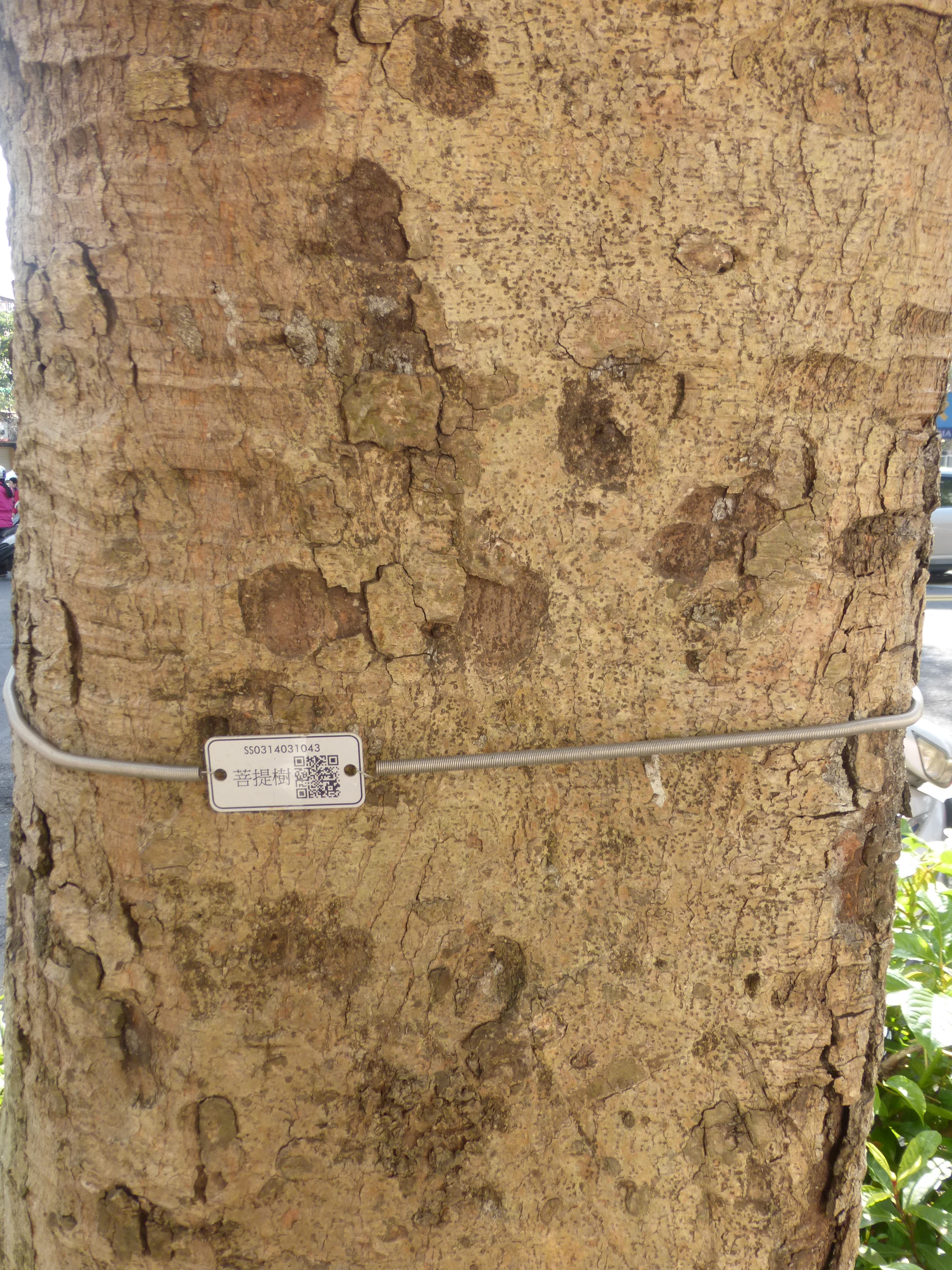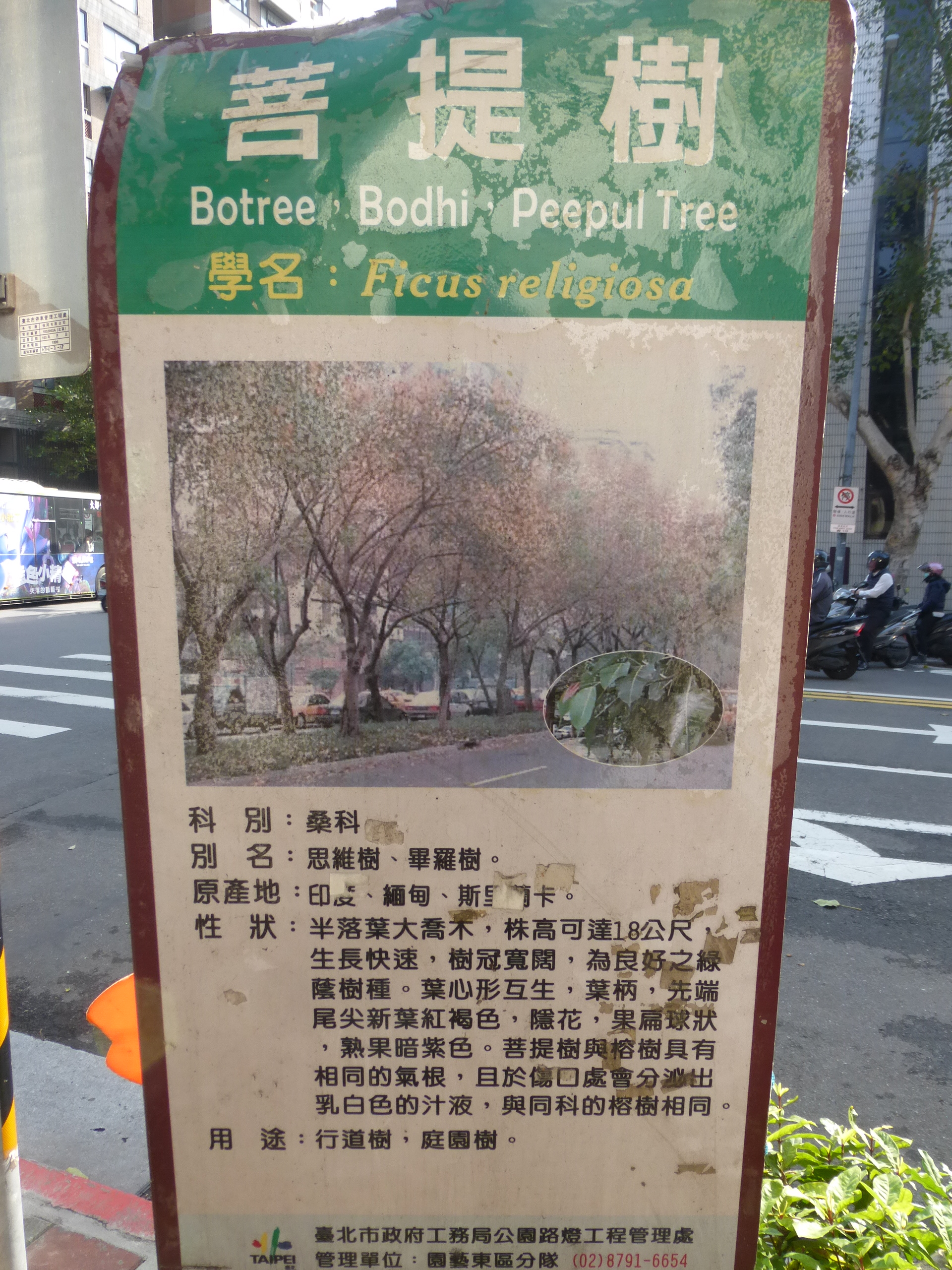The Protected Trees Initiative

The "Fairy Ring" of American Elms. Prospect Park, Brooklyn, New York.
TREES HAVE ALWAYS been an integral part of the planetary ecosystem, and life without them would not only be bleak, but impossible. Trees existed on this planet millions of years before our species came into being. Through their ability to draw carbonic acid gas from the atmosphere and assimilate carbon dioxide to make oxygen, the animal kingdom was able to evolve.
Most of us are aware that trees are important sources of timber for building our homes, making our paper, and growing the fruits and nuts we eat and providing medicine to heal our bodies. We are especially aware of how trees offer welcome shade on a hot, sunny day, and how they beautify our surroundings. In many cases, a single tree can be the only source of life in an area full of concrete and asphalt, offering an important psychological and spiritual boost to the urban dweller.
Acknowledging the Value of our Tree Residents
In recent years, trees are finally becoming recognized for the valuable life- affirming services they provide to maintain an environment that is not only conducive to our health and well-being, but to all living things that share this planet with us. In an age when personal worth is based largely on what an individual creates and produces, trees perform many valuable tasks at very low cost, such as the following:
1. Trees absorb many of the chloroflourocarbons (CFCs) that destroy the ozone layer surrounding the planet. CFCs are produced by many common household products, such as cleaning solvents, refrigerators, and air conditioners.
2. Trees remove particulates and gases from the atmosphere, including carbon dioxide, one of the major causes of the Greenhouse Effect and modifying weather patterns. Carbon dioxide results from the burning of fossil fuels in the operation of motor vehicles, generating of electricity, and heating of homes, schools, and factories. All in all, it has been estimated that a mere acre of trees can remove approximately 13 tons of dust and gases from the atmosphere every year.
3. Trees not only provide shade for humans, but also shade our homes and businesses. By reducing the use of fans and air conditioners by as much as 40 percent during the summer months, trees save fossil fuels and reduce the pollution they cause.
4. In addition to providing food and shelter for wildlife, trees give shade and comfort to animals that live in forests and parks. Trees that are planted next to rivers, lakes, and streams keep water temperatures low so that fish and other marine mammals can spawn, grow, and thrive.
5. Trees not only fertilize the land, but they prevent soil erosion by holding it together with their often complex and abundant root systems. Their roots also absorb water, helping to prevent mudslides during the rainy season. By serving as aerodynamic windbreaks in many agricultural areas, trees (such as the Lombardy poplar) protect the integrity of the soil and reduce soil loss and crop destruction due to wind activity. The widely spreading root systems of the willow tree, for example, hold in place unstable lake and riverbanks and prevent them from eroding.
It is difficult to place a monetary value on the many vital services that trees provide. However, the California Department of Forestry and Fire Protection calculates that a single tree that lives for fifty years will contribute services worth nearly $312,000 (in year-2017 dollar value) to the community during its lifetime. This includes providing oxygen ($50,000), recycling water and regulating humidity ($58,500), controlling air pollution ($99,300), producing protein ($4,000), providing shelter for wildlife ($50,000), and controlling land erosion and fertilizing the soil ($50,000). No monetary value has been placed on the value of the trees’ roles in maintaining rainfall level or offering the shade, beauty, noise reduction and inspiration that a mature tree can provide. Nor is any estimate given on the cumulative value of the lumber, nuts, or fruit derived from a tree during this fifty-year period.
The Protected Trees Initiative
The Protected Trees Initiative was inspired by tree protection campaigns currently being carried out by the cities of Taipei and Taichung in Taiwan. It calls for every city government and city parks department to acknowledge the value of its “resident trees” by identifying each tree over 3” in diameter with an easy-to-affix “wrap-around” tag that includes both the popular and scientific names of the tree as well as a unique ID number. Each ID tag will include the words “Protected Tree” and include a QR code. The QR code not only leads the visitor to discover more information about the tree, but could also be used as a way to alert government or park authorities if the tree is sick, injured, or otherwise endangered in any way. If the area includes more than a six such trees of the same species, a small informational sign can be erected to highlight the trees’ habitat, physical characteristics and uses. Extremely old or large trees can include specific information about the individual tree’s history, size and age.



Left to right: Protected ficus tree, Taichung; Protected tree, Taipei; Information about bodhi trees, Taipei.
Why Protect Trees?
Given the myriad benefits that community trees provide us, the least we can do is to appreciate and protect them. Although many park and street trees are extremely resilient and hardy, they are endangered by air and water pollution, soil compaction, animal urine and feces, vandalism and unauthorized tree cutting and removal. Just as we protect other members of our local community, the trees that inhabit our streets and parks deserve our acknowledgement, respect, gratitude and protection.
By individually labeling each tree, we are making a public declaration that this tree is an important member of our community. And by providing basic information about each tree, we are educating the public about the vital roles they play in our health, welfare and enjoyment of life. By fulfilling the simple goal of this initiative, we make a public declaration that trees are important and deserve our protection.
Who Can Participate?
Local residents can determine the best ways to implement The Protected Trees Initiative in their city or town. In practical terms, the initiative can perhaps best be undertaken by local governments or departments of parks, or can be carried out in collaboration with local, regional and national environmental organizations.
The Protected Trees Initiative will most certainly inspire the efforts of local volunteers at a grassroots level, either as individuals or as members of scouting, religious, environmental or other community-based organizations. This can involve participating in a tree census, where every street and park tree is identified and classified according to species. At the same time, the condition of the individual tree can be assessed, and brought to the attention of appropriate authorities. The Initiative also involves the physical “tagging” of street and park trees and building a database of information that can be used by government agencies that can be shared with the general public. In 2015, the Seattle Department of Transportation Urban Forests inaugurated such a system (including an app) to collect data on urban trees. It can involve “adoption” of areas of trees by local groups to ensure to integrity of individual trees or groves, along with protection for their immediate environment. The Initiative can also lead to reforestation campaigns and the planting of commemorative and memorial trees and groves through individual, organizational and corporate contributions.
The Protected Trees Initiative also calls upon each city or town to have laws on the books that protect trees that live in public parks, nature reserves and forests, private land, streets and other highways. Many municipalities, including the City of San Francisco and the Town of Greenwich, Connecticut already have such legislation. Such laws vary according to local needs, and can govern outright arborcide as well as tree cutting, removal, pruning and relocation; the impact of nearby construction and acts of vandalism. It is not enough to suggest that trees berespected and taken care of: protecting trees requires the force of law.
The Moment is Now
Our urban environment is being threatened more than ever before. And government support for reforestation, environmental protection and green technologies is being reduced.
Throughout human history, trees have been here for us, offering oxygen, food, medicine, building materials, erosion control and climate stabilization in addition to beauty, shade and comfort. The Protected Trees Initiative will finally acknowledge the vital contributions that trees have made – and continue to make- in our lives, and will allow them to continue their selfless activities for future generations.
To download a free .PDF of this article, click the logo. 
Nathaniel Altman.
Author of Sacred Trees.
Brooklyn, New York.
November 10, 2017.
Click tree to return to home page. 
![]()